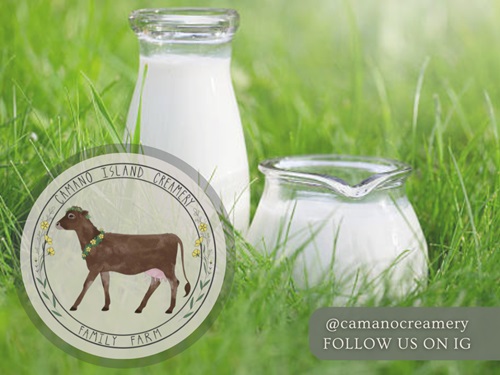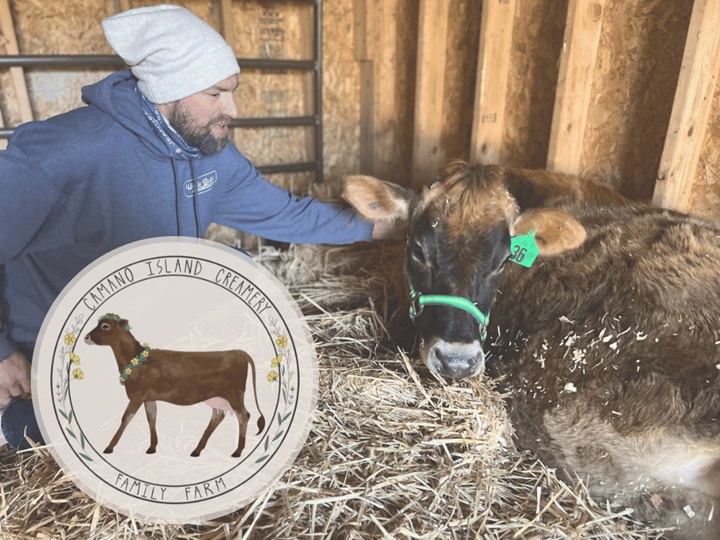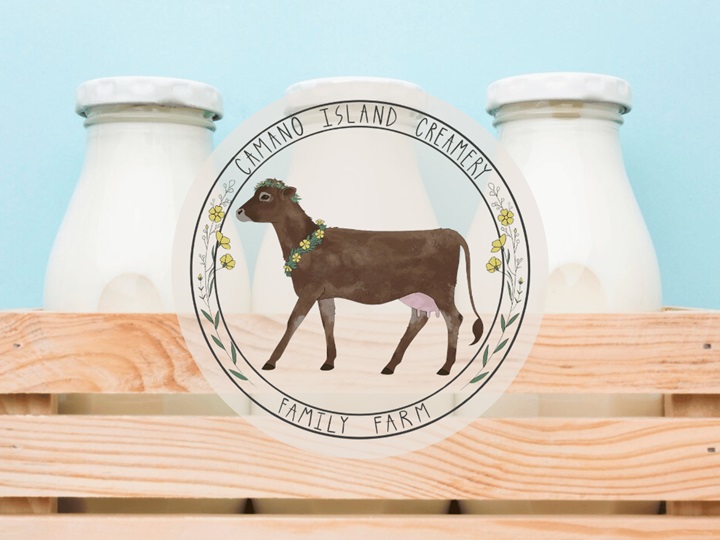Milk has been a staple in human diets for millennia, providing essential nutrients and delicious taste to people around the world. However, not all milk is created equal. One of the most debated topics in the dairy world is the choice between raw milk and regular (pasteurized) milk. Both have their unique features and benefits, making either a great choice depending on your needs and preferences. Let’s dive into what sets them apart and why quality is key for both.

Raw milk is milk in its most natural form. Straight from the udder, it is neither pasteurized nor homogenized, preserving its natural enzymes, vitamins, minerals, and beneficial bacteria. Advocates of raw milk often highlight the following benefits:
It’s important to note that raw milk can pose a risk of bacterial contamination if not handled properly. Therefore, sourcing from reputable farms (like us) that adhere to strict cleanliness and safety standards is crucial.
Regular milk undergoes pasteurization, a heat treatment process that kills harmful bacteria and extends shelf life. This method makes it a safer and more convenient option for many households. Here are some of the benefits of regular milk:
While pasteurization can slightly reduce the levels of certain vitamins and enzymes, regular milk remains a nutritious and wholesome beverage that supports bone health, muscle function, and overall growth.

Whether you choose raw or regular milk, the quality of the milk you consume is paramount. Here are a few tips to ensure you’re getting the best milk possible:
In the end, the choice between raw and regular milk boils down to personal preference and lifestyle needs. Raw milk offers a natural, nutrient-rich option for those who appreciate its unique benefits and taste, while regular milk provides a safe, consistent, and convenient choice for everyday consumption. Whichever you choose, prioritize quality and enjoy the myriad benefits that milk has to offer.
